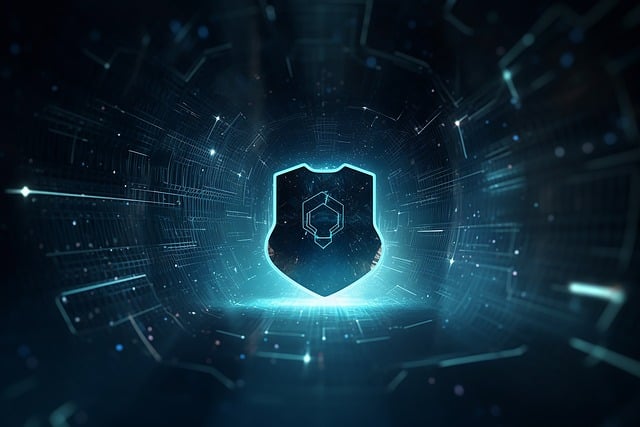In today’s digital age, cyber security is more important than ever. With the prevalence of mobile devices, cloud computing, and an ever-changing landscape of threats, it’s essential that organizations take proactive steps to protect their data. Cybersecurity best practices are guidelines for developing secure systems and networks by implementing the right people, processes, and technology to ensure maximum safety from malicious attacks. This article will look at some of the best practices for improving your organization’s cyber security posture.
Implement strong access controls
Access controls are critical to keeping a system or network secure. Strong authentication measures, such as two-factor authentication (2FA), should be the foundation of access control policies, and role-based access controls (RBAC) grant access based on a user’s role in the organization.

Regularly update software and operating systems
Outdated software and operating systems can expose companies to attack by containing security flaws or vulnerabilities that hackers can exploit. Organizations must frequently upgrade their software with the latest security patches, bug fixes, and feature additions. Enterprises must have a methodology for testing new updates before distributing them to limit the risks associated with sending untested code into production environments.
Utilize Encryption Technology
Encryption is one of the most effective methods of preventing unauthorized access to or manipulation of sensitive data by malicious entities. It scrambles information so that only authorized users can read or manipulate it using special keys or passwords. Organizations should employ encryption technology whenever possible when transferring or storing confidential information.

Train employees about cyber security awareness
Employees who understand cyber security best practices are considerably less likely to put a business at risk than those who do not. It is critical that all personnel inside a business participate in some type of cybersecurity training at least once a year. This will boost overall employee awareness, resulting in fewer incidents directly connected to human error.
Deploy Firewalls & Intrusion Detection Systems (IDS)
Both firewalls and intrusion detection systems are essential components when attempting to build a robust, layered defense against the various types of attack vectors used by today’s cybercriminals. Firewalls are a barrier between internal networks and external sources, while intrusion detectors monitor traffic entering a system/network for signals of malicious behavior.

Perform vulnerability assessments regularly
Vulnerability assessments should be carried out on a regular basis to ensure that no unknown major vulnerabilities exist and that the environment remains secure in the future. Vulnerability assessments involve analyzing equipment applications for known vulnerabilities and then taking suitable steps to repair any issues discovered during the scan.
Monitor your network activity
Monitoring network activity can help administrators rapidly spot anomalies that may signal the existence of malicious actors attempting to infiltrate the system. Monitoring network activity involves checking logs generated by devices linked to an organization’s infrastructure. This allows teams to respond fast to fix issues and stop the spread of infection before it is too late.
Implement backup solutions
It goes without saying backups save day event disaster strikes – natural disasters hardware failures ransomware infections corrupting valuable data irrecoverable state many cases; however, backups need properly implemented tested plans to restore working conditions in case the worst happens and prevent downtime costs associated large scale losses would incur without backup strategy place.

It is crucial to have a customized solution that fits your goals and resources given the always-changing cyber threat environment. If you have any questions, email us at sales@sasait.com or give us a call at +254786630623 or visit our website at www.sasait.com